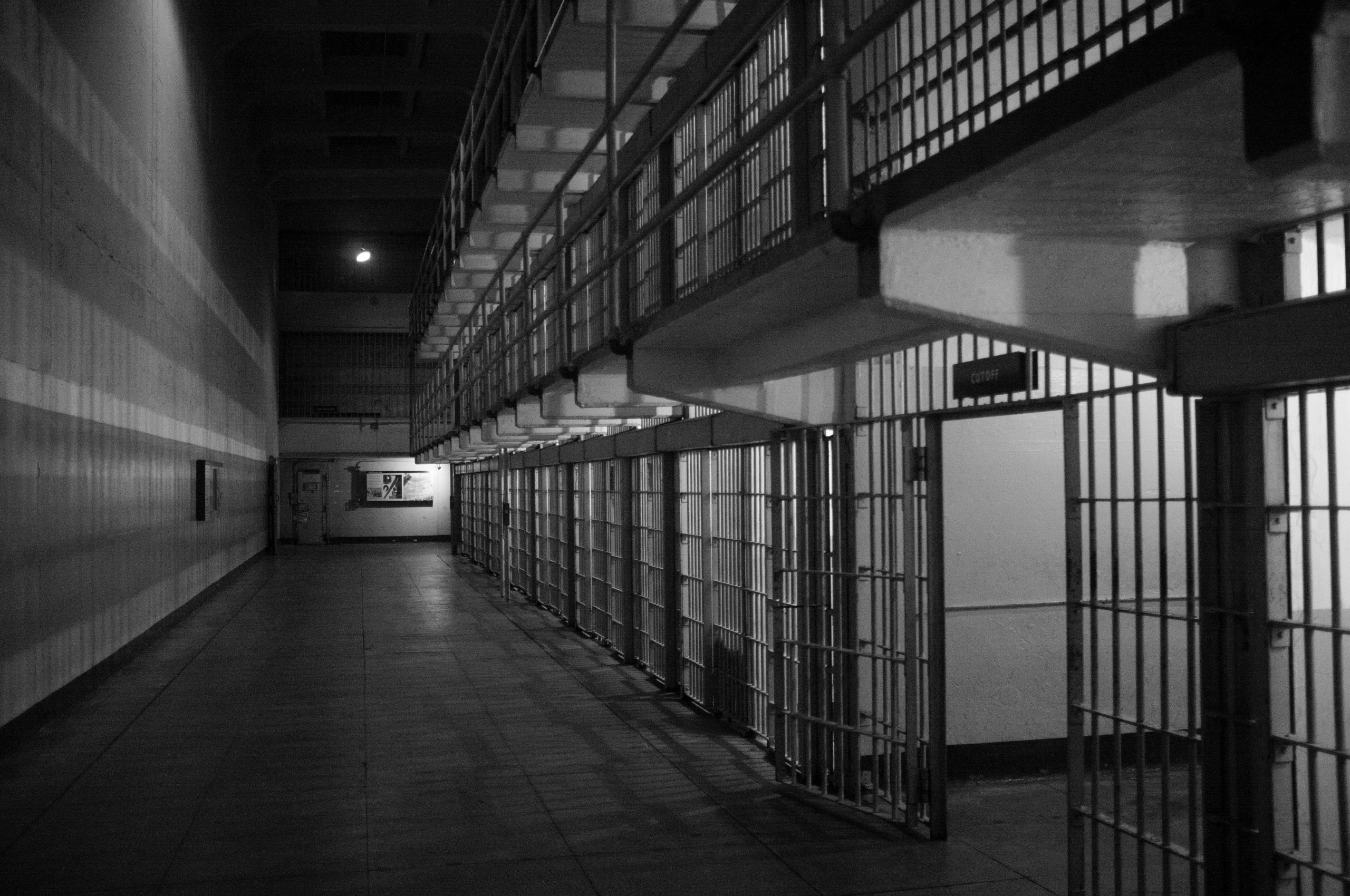
13 Jul Sexual Assault in Prison is Almost Impossible to Escape
Sexual assault in prison remains one of the most pervasive and universal experiences for incarcerated individuals. For decades, researchers, wardens and advocates have tried and failed to reduce it. Correctional officers sexually abuse the individuals in their care. Incarcerated individuals are also at risk of abuse from their peers. Despite these efforts, countless individuals experience rape or sexual assault during incarceration every year.
Former President Bush commissioned a report on sexual abuse by correctional staff.
In 2005, the Department of Justice Office of the Inspector General released a report in response to a request from former President George W. Bush. The purpose was to share information about preventing sexual assault of incarcerated individuals by staff. According to the report, more than ten percent of all sexual abuse claims describe abuse by staff. Of these reports, the Bureau of Prisons investigates fewer than ten percent. Official claims represent only a fraction of all sexual assaults; thus, this data suggests that less than one percent of sexual assault by staff results in either investigation or disciplinary action.
Staff frequently claim that incarcerated individuals consent to sexual acts. The power dynamics between correctional staff and incarcerated individuals prevent legal consent, though. 18 U.S. Code § 2243 (b) specifies that no incarcerated individual in state or federal custody can consent to custodial, supervisory or disciplinary authority figures. Additionally, the Office of the Inspector General reports that sexual abuse by staff is not limited by gender. Approximately half of claims involve male staff who assault female individuals; the other half involve female staff who assault male individuals.

Sexual abuse of incarcerated individuals causes significant harm. The physical and psychological trauma is obvious. According to the report, even supposedly consensual relationships undermine the security of the prison. Staff may provide individuals with drugs or contraband in exchange for sexual favors. This perpetuates violence between individuals and destabilizes the community. For this reason, the Bureau of Prisons has a zero tolerance policy for any sexual interaction between staff and incarcerated individuals.
Former President Obama expanded prevention efforts through the Bureau of Justice Assistance in 2009.
During his first year in office, Former President Barack Obama presided over a comprehensive guide to prevent and respond to sexual assault in correctional facilities. This guide addresses abuse by staff and abuse by other incarcerated individuals. It also delineates data about the problem and defines sexual assault in correctional settings.
The guide points to the Prison Rape Elimination Act as exceptionally important. It also specifies that the problem is not limited to prisons. Rather, sexual abuse occurs at every level of the corrections system. According to the authors of the guide, sexual assault in correctional facilities endangers the public and endangers all of those inside the corrections system. It points to research about rates of HIV infection and other sexually transmitted diseases. Authors also note that victims of sexual violence may pose an increased threat after their release.
Despite legislation and strict policies, sexual assault remains prevalent in the corrections system.
Human Rights Watch interviewed incarcerated individuals about sexual assault in prison. Across facilities, the stories were strikingly similar. Specific individuals were at risk of sexual abuse regardless of the facility in question. According to interviewees, most sexual assault involved individuals perceived as small, weak or defenseless. The likelihood of sexual assault was so strong that individuals described it as unavoidable. Most victims of sexual assault also described repeated abuse. For many, sexual violence is not an isolated incident.

This matches data compiled and explained by the Lamothe Law Firm. Based on their investigations, sexual assault is far more common than the public may believe. Their report argues that a lack of consequences skews data on sexual violence. Those who do report sexual violence may face dangerous consequences. Even when they do make claims, those claims almost never result in disciplinary action. It is understandable, then, that few individuals feel motivated to report the violence they experience.
A corrections officer raped Cynthia Alvarado while she served life in prison. When she found out that the same office assaulted numerous female individuals, she decided to come forward. However, the facility maintains that they have no record of any report of wrongdoing. Alvarado describes the reporting process as part of the problem. According to her, it is impossible to file a report without risking consequences from the officers involved. They may impose solitary confinement or physically harm anyone who reports abuse.
Without revisions to the Prison Rape Elimination Act and better protections for incarcerated individuals, sexual violence seems inevitable.

